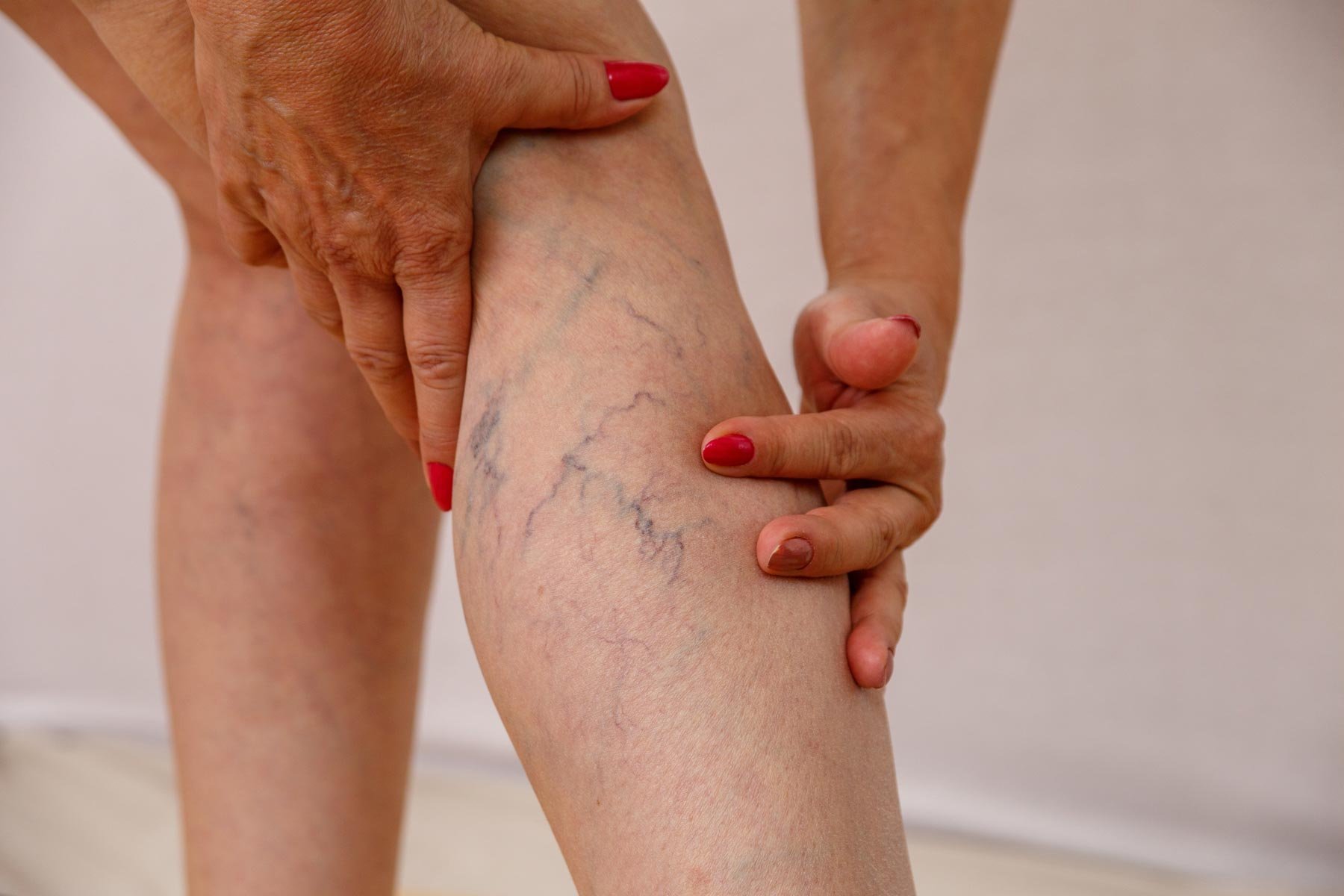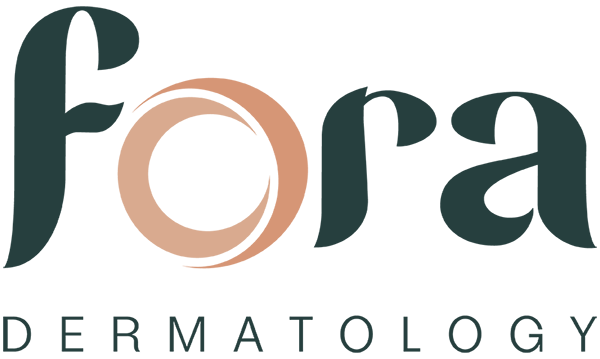
Varicose Veins
Varicose veins are swollen, twisted veins that are often visible just under the surface of the skin. They are most commonly found on the legs and ankles and are caused by damaged or weakened valves in the veins. These valves are responsible for preventing blood from flowing backwards and pooling in the veins. When they are damaged or weakened, it leads to swelling and twisting of the veins.
Varicose veins are more common in women than in men and are more likely to occur with age. Other factors that may increase the risk of developing varicose veins include obesity, a sedentary lifestyle, and pregnancy. Varicose veins can also be hereditary, meaning they may run in families.
Symptoms of varicose veins may include:
Swollen, twisted veins that are visible just under the skin
Aching, heavy legs
Cramping or muscle fatigue in the legs
Itching or burning sensation on the skin
Changes in skin color, including redness or discoloration
Skin ulcers or sores near the ankles
Varicose veins can often be managed with lifestyle changes, such as exercising regularly, maintaining a healthy weight, and avoiding standing or sitting for long periods of time. Wearing compression stockings may also be helpful in managing the symptoms of varicose veins.
In some cases, more aggressive treatment may be necessary to address varicose veins. Options may include:
Sclerotherapy: This involves the injection of a solution into the veins to seal them shut.
Laser or radiofrequency ablation: This involves the use of heat to seal the veins shut.
Vein stripping and ligation: This involves surgically removing the veins.
It is important to work with a healthcare provider to determine the best treatment approach for varicose veins. In some cases, a combination of lifestyle changes and medical treatment may be necessary to effectively manage the condition.
If you are concerned about varicose veins or think you may be at risk for the condition, it is important to speak with a healthcare provider. They can help to determine the cause of your symptoms and develop a treatment plan to help improve your vein health.

